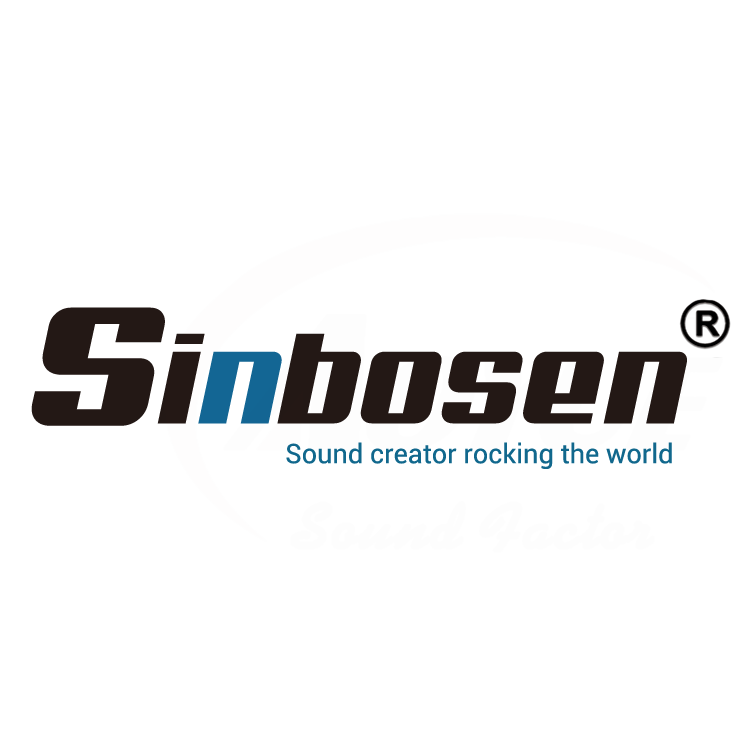Product News
Was ist der Unterschied zwischen A15 Focus und Wide? Passend zu KS21!
: 15454
: 2023-10-20 18:06:23
|
Model
|
A15 Wide
|
A15 Focus
|
|
Type
|
2-way passive, 15" Performance and simplicity
|
|
|
Transducers
|
LF : 1 x 15"
HF : 1 x 3" |
|
|
Directivity
|
H: 70° / 90° / 110°
V: 30° |
H: 70° / 90° / 110°
V: 10° |
|
Max SPL
|
141 dB
|
144 dB
|
|
Bandwidth
|
42 Hz- 20 KHz
|
41 Hz- 20 KHz
|
|
Connectors:
|
IN: 1 × 4-point speakON
LINK: 1 × 4-point speakON |
|
|
Rigging and handling
|
Flush-fitting two-point rigging system
1 handle, 8 corner stops and 2 ground runners |
|
|
Weight (net)
|
33 kg / 73 lb
|
35 kg / 77 lb
|
|
FEATURE
|
●Powerful output and extended bandwidth for demanding live concerts.
●4 horizontal directivities, accommodate a variety of complex viewer geometries. ●Clear low-frequency power with the laminar venting technology. ●High output point source/Versatile line source, expandable to suit your needs. |
|
|
DIMENSIONS
|
 |
 |
FEATURE OF A15
A15 is designed for medium throw production applications up to 45 m. The highly multifunctional family includes A15 Focus and A15 Wide, passive 15" systems with distinct coverage patterns.
A15 products can be flown or stacked in combinations to form vertical or horizontal line sources or used individually as configurable directivity point sources.
The A15 can adapt to virtually any audience geometry with two enclosure coverage options (10° or 30°), Fins for user-configurable waveguide directivity (70°, 110° or 90° asymmetrical), and a range of accessories for vertical or horizontal deployment.
A15 deployment requires a single preset that is optimized to provide amazing plug-and-play performance for both A15 models regardless of L-Fins configuration. Performance can be further enhanced with DSP software optimization tools.
A15 provides the low-frequency contour of a large concert system and the dedicated KS21 subwoofer can be groundstacked or flown with A15 products to reinforce contour and extend bandwidth to 29 Hz.
The A15 family is a highly scalable system that can do it all - delivering concert-level performance for events large and small or supplementing a larger solution for the grand stage.
A single A15 Focus can also be used as an adjustable point source for applications such as front fill or delay fill that require narrow coverage. The A15 Wide vertical coverage angle is 30°, which brings wide coverage to a compact line array without affecting the line of sight. Fins technology allows users to adjust directivity to cover specific geometry of the audience area and ensures excellent frequency response stability.
The vertical coverage angle of a line array speaker refers to the vertical range of sound radiation, which represents the diffusion performance of sound in the vertical direction. In line array speakers, there are two common vertical coverage angle options: 10° and 30°.
We can see that the main difference between Wide and Focus is the horizontal coverage angle
1. Vertical coverage angle 10°:
- Narrow coverage: Line array speakers with a vertical coverage angle of 10° radiate sound very concentrated in the vertical direction, creating a relatively narrow sound beam.
- Long-distance projection: Due to the small vertical coverage angle, line array speakers have better projection effects at long distances and are suitable for use at distant listener positions.
- Better far-field performance: Since the radiation direction is more concentrated, a line array speaker with a vertical coverage angle of 10° may have better sound focus and resolution in far-field performance.
2. Vertical coverage angle 30°:
- Wide array coverage: Line array speakers with a vertical coverage angle of 30° have a larger sound radiation angle in the vertical direction, creating a relatively wide sound beam.
- Relatively uniform sound distribution: Due to the large radiation angle, line array speakers with a vertical coverage angle of 30° can achieve relatively uniform sound distribution in the vertical direction, and are suitable for use at closer listener positions.
- Better near-field performance: Due to a wider radiation range, a line array speaker with a vertical coverage angle of 30° may have better sound coverage and balance in near-field performance.
When choosing a vertical coverage angle, decisions need to be made based on specific application scenarios and needs. If you need to cover a long distance and have a more concentrated projection effect, a 10° coverage angle may be more suitable; if you need to cover a more uniform sound distribution and near-field performance, a 30° coverage angle may be more suitable.
A15 Loudspeaker configurations
1.A15 Wide/Focus line source element
In this configuration, the system operates over the nominal bandwidth of the enclosures


A15 BUMP can be used for flying vertical arrays of A15 Wide/Focus(Up to 6pcs).
2.A15 Wide/Focus line source with low-frequency element(KS21 subwoofer)
In this configuration, With complementary subwoofer, the bandwidth of the A15 system is extended down to 29 Hz and the LF contour is reinforced.
 |
 |
| Combination of 2pcs A15 Focus + 2pcs KS21 | Combination of 1pcs A15 Wide + 1pcs KS21 |
| Need accessories: ①A15 A-TILT Angle frame(A15 A-TILT Angle frame Adjust the Angle. Rigging element for stacking A15 onto KS21) ; ②KS21 foot stand.(improve the stability of the array) |
Need accessories: ①A15 A-MOUNT (Pole mount for A15); ②Speaker stand(Lenght 60cm) |
Contact us:
Whatsapp:https://api.whatsapp.com/send?l=en&phnoe=8616676738225
Website:https://www.sinbosenaudio.com/






